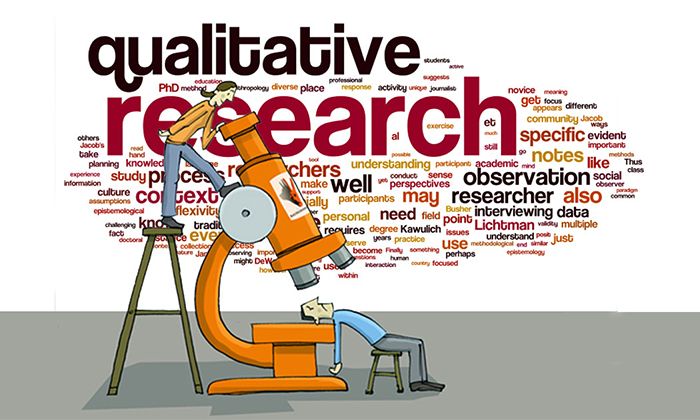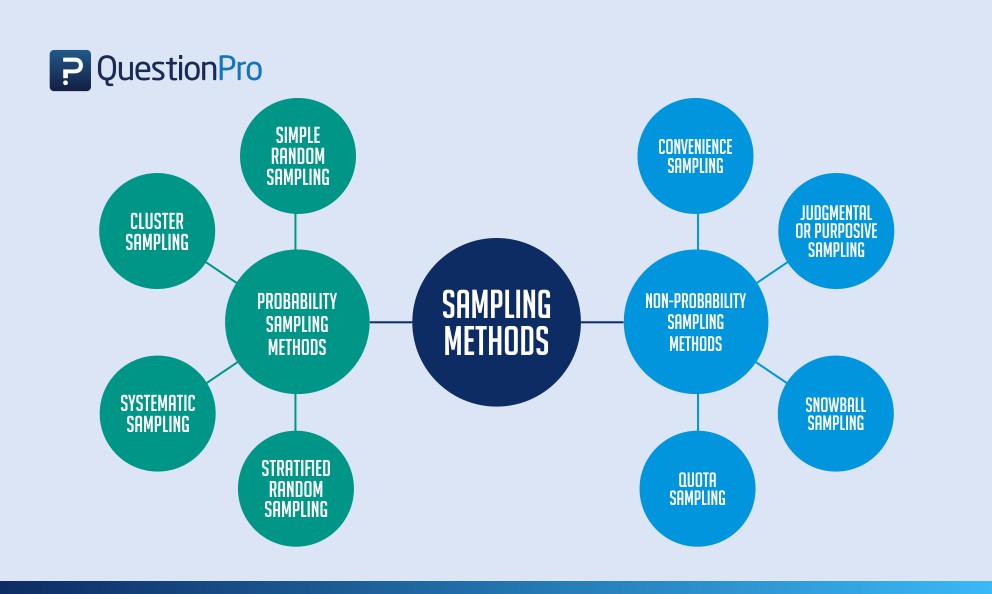The world of research is constantly evolving, and the topics that are considered “hot” today may not be the same ones that are popular tomorrow. With the ever-changing landscape of technology, science, and social issues, it can be difficult to keep up with the latest research topics. In this article, we’ll talk about some of the most popular research topics right now, including artificial intelligence and climate change. We will also discuss the importance of staying up-to-date on the latest research topics and how to find reliable sources of information.
Exploring the Latest Developments in Artificial Intelligence Research
The field of Artificial Intelligence (AI) has seen tremendous growth in recent years, with advances in machine learning, natural language processing, and robotics. This article will look at the latest developments in AI research, with a focus on how these technologies could be used and what they mean for society.
One of the most exciting areas of AI research is in the field of machine learning. Machine learning algorithms are used to create computer systems that can learn from data and make predictions about future events. This technology has been used to create autonomous vehicles, facial recognition systems, and even medical diagnosis systems. Recent improvements in machine learning have made it possible for AI systems to do things better than humans, like play the game of Go.
Another area of AI research is natural language processing (NLP). NLP is the study of how computers can understand and generate human language. This technology has been used to create virtual assistants, such as Apple’s Siri and Amazon’s Alexa, as well as chatbots that can converse with humans. NLP has also been used to make systems that can create text, such as summarization and machine translation systems.
Another area of AI research that has made a lot of progress in recent years is robotics. Robotics is the study of how machines can interact with the physical world. This technology has been used to create robots that can perform tasks such as cleaning, manufacturing, and even surgery. Robotics has also been used to create autonomous vehicles, such as self-driving cars.
The potential applications of AI technologies are vast and far-reaching. AI systems can be used to automate boring tasks like customer service and data entry. They can also be used to improve decision-making processes, such as in healthcare and finance. AI systems can also be used to create personalized experiences, such as in e-commerce and entertainment.
The implications of AI technologies for society are both exciting and concerning. On the one hand, AI systems can be used to improve efficiency and reduce costs. On the other hand, AI systems can be used to automate jobs, which could lead to job losses and increased inequality. Additionally, AI systems can be used to manipulate public opinion and to invade privacy.
In conclusion, AI research has grown a lot in the past few years, especially in the areas of machine learning, natural language processing, and robotics. These technologies have the potential to change a lot of things about our lives, but there are also risks and ethical issues to think about. It is important for researchers and policymakers to consider these implications as they continue to explore the possibilities of AI.
Examining the Impact of Big Data on Modern Research
In recent years, the emergence of Big Data has had a profound impact on modern research. Big Data is a term used to describe the large and complex datasets that are generated from a variety of sources, such as social media, sensors, and mobile devices. These datasets stand out because of their size, complexity, and speed, and they could give researchers insights into a wide range of topics that have never been seen before.
The use of Big Data in research has enabled researchers to gain access to a wealth of information that was previously unavailable. For example, researchers can now analyze large datasets to identify patterns and trends that would have been difficult to detect using traditional methods. This has enabled researchers to gain a better understanding of complex phenomena, such as the spread of disease or the effects of climate change. Furthermore, Big Data has enabled researchers to develop more accurate predictive models, which can be used to forecast future events or outcomes.
In addition to providing researchers with access to new data sources, Big Data has also enabled them to develop new methods for analyzing and interpreting data. For example, researchers can now use algorithms called “machine learning” to find patterns and links in large datasets. This has helped scientists learn more about complicated things like how diseases spread or what happens when the climate changes. Furthermore, Big Data has enabled researchers to develop more accurate predictive models, which can be used to forecast future events or outcomes.
Overall, the emergence of Big Data has had a significant impact on modern research. By providing researchers with access to new data sources and enabling them to develop new methods for analyzing and interpreting data, Big Data has enabled researchers to gain a better understanding of complex phenomena and develop more accurate predictive models. As such, Big Data has become an essential tool for modern research.
Investigating the Potential of Machine Learning in Research
The potential of machine learning (ML) in research is an area of increasing interest. ML is a type of AI that lets computers learn from data and make decisions without being specifically programmed to do so. It has been used in a variety of fields, including healthcare, finance, and engineering. In recent years, ML has been applied to research, with promising results. This paper will look at how ML can be used in research, with a focus on how it can be used to analyze data, test hypotheses, and find new information.
Data analysis is one of the most common applications of ML in research. ML algorithms can be used to find patterns in big data sets, which helps researchers find insights that would be hard to find otherwise. ML algorithms can be used to find correlations between variables, find outliers, and find trends in data, among other things. This can help researchers decide, for example, which variables to focus on or which hypotheses to test.
ML can also be used to test hypotheses. ML algorithms can be used to come up with hypotheses based on data, which lets researchers try out new ideas and find new insights. ML algorithms can also be used to test hypotheses by looking at data to see if the data supports the hypothesis or not. This can be used to validate existing hypotheses or to generate new ones.
Finally, ML can be used to discover new knowledge. ML algorithms can be used to identify relationships between variables that were previously unknown. This can be used to uncover new insights and generate new hypotheses. ML algorithms can also be used to find patterns in data that humans can’t see easily. This lets researchers look into new areas of research.
In conclusion, ML has the potential to revolutionize research. It can be used to analyze data, test hypotheses, and discover new knowledge. ML algorithms will become increasingly useful in research as they become more sophisticated. As such, it is essential for researchers to understand the potential of ML and how it can be used to improve their research.
Analyzing the Role of Robotics in Current Research Projects
Robotics is becoming a more important tool in research projects because it has many advantages over the old ways of doing things. Robots can make it easier and more accurate to collect data and do experiments. They can also make them more reliable and consistent. This has allowed researchers to look into new areas of study and learn more about complex systems that would be hard to study otherwise.
Robotics can be used to automate the process of gathering data, which lets researchers gather a lot of data quickly and accurately. This can be especially useful in biology, where data collection can be time-consuming and labor-intensive. Robotics can also automate experiments, allowing researchers to conduct experiments with greater accuracy and consistency. This can be especially useful in chemistry, where experiments can be difficult to replicate.
Robotics can also be used to explore new areas of research. For example, robots can be used to explore the environment, allowing researchers to gain insights into the behavior of animals or the effects of climate change. Robotics can also be used to explore the behavior of complex systems, such as the human brain or the stock market. This can help researchers gain a better understanding of these systems and develop new theories and models.
Finally, robotics can be used to develop new technologies. For example, robots can be used to develop new medical devices or to explore new materials. This can help researchers develop new treatments or products that can improve the lives of people around the world.
In conclusion, robotics has become an increasingly important tool in current research projects, offering a range of advantages over traditional methods. Robotics can provide a more efficient and accurate means of collecting data, as well as a more reliable and consistent way of performing experiments. This has enabled researchers to explore new areas of research and to gain insights into complex systems that would otherwise be difficult to study.
Investigating the Benefits of Cloud Computing for Research Projects
Cloud computing has become increasingly popular in recent years, and its potential benefits for research projects have been widely discussed. This paper will explore the advantages of cloud computing for research projects, and discuss the potential implications for researchers.
Cloud computing is a form of computing that relies on a network of remote servers hosted on the Internet to store, manage, and process data, rather than on a local server or personal computer. It offers a range of benefits for research projects, including cost savings, scalability, and increased collaboration.
One of the primary benefits of cloud computing for research projects is cost savings. By using cloud computing, researchers can avoid the costs associated with purchasing and maintaining hardware and software, as well as the costs associated with hiring IT personnel to manage the system. Additionally, cloud computing allows researchers to access powerful computing resources on demand, without having to purchase or maintain them. This can significantly reduce the cost of research projects.
Another benefit of cloud computing for research projects is scalability. Cloud computing allows researchers to quickly and easily scale up or down their computing resources as needed, without having to purchase additional hardware or software. This can be especially useful for research projects that require large amounts of computing power, such as data analysis or simulations.
Finally, cloud computing can facilitate increased collaboration among researchers. By using cloud computing, researchers can easily share data and collaborate on projects in real time, regardless of their physical location. This can significantly reduce the time and effort required to complete research projects.
In conclusion, cloud computing offers a range of benefits for research projects, including cost savings, scalability, and increased collaboration. As cloud computing continues to become more popular, researchers should consider the potential advantages it can offer for their research projects.
Conclusion
The hot research topics today are constantly changing and evolving as new technologies and discoveries are made. It is important to stay up to date on the latest research topics in order to stay ahead of the curve and be able to contribute to the field. Research topics can range from the latest advances in artificial intelligence to the study of ancient civilizations. No matter what the topic, it is important to stay informed and be able to contribute to the field.
Discussion
[wpaicg_chatgpt]



